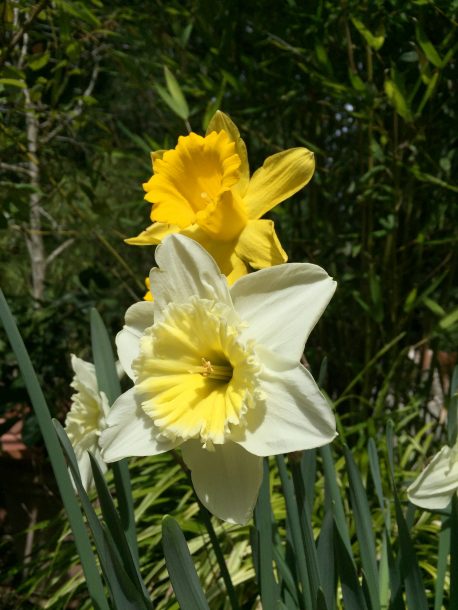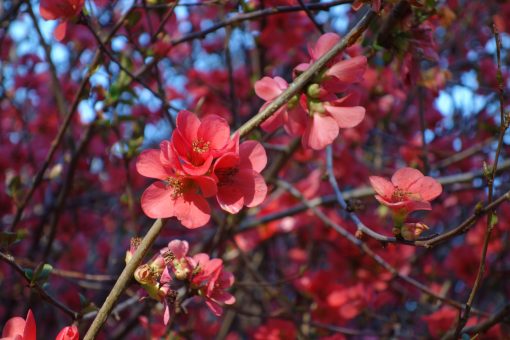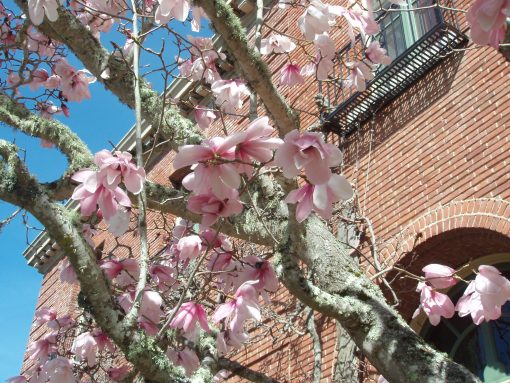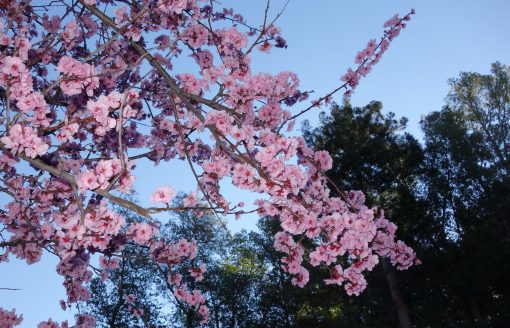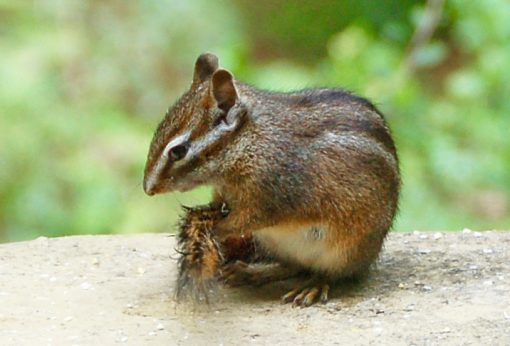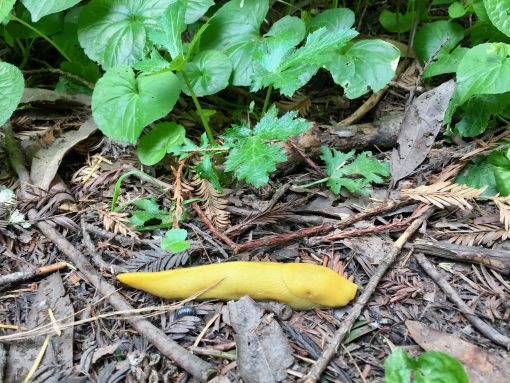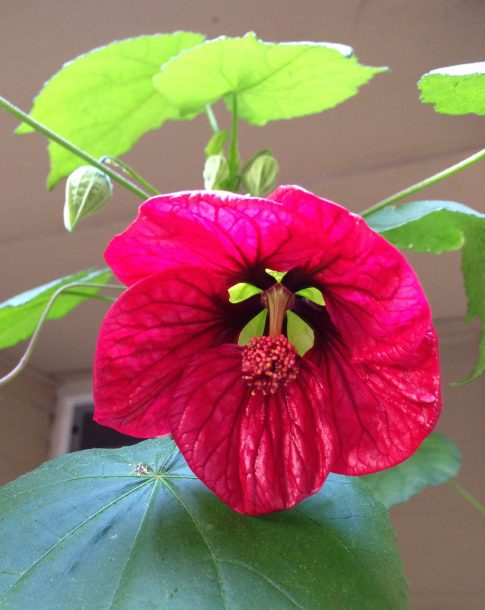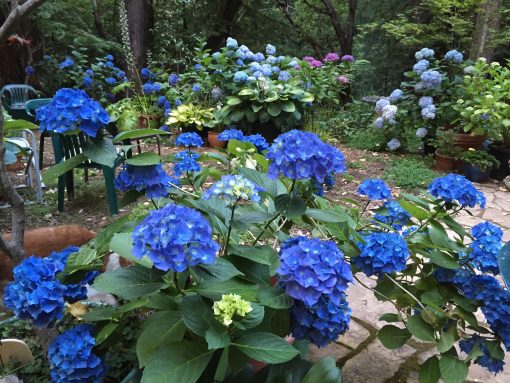I confess I live vicariously through other people?s gardens mostly at this time of year. While I?m quite content to live in partial shade during the warm months of the year I miss having winter sun to jump start the early spring show of flowers. Everything arrives later in my garden. My flowering cherry and plums never disappoint but I see the fragrant winter daphne already in full bloom in Ben Lomond. I have plant envy.
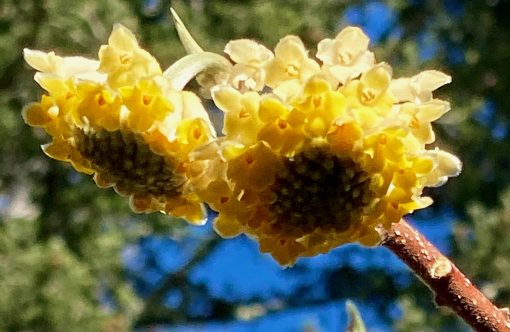
If you yearn for fragrant flowers have I got the plant for you. Paperbush Plant or Yellow Daphne as it?s sometimes called (Edgeworthia chrysantha) is related to daphne and shares that intoxicating scent. My friend has one of these. You know, the friend who shall remain nameless but writes the food column for this paper. Anyway, hers is starting to open and those butter-yellow flower clusters are as unique as anything you?ll ever see.
This deciduous shrub makes a fine backdrop in a dappled shade garden. Later in the spring it will fill out with slender blue-green foliage that turns yellow in the fall. Edgeworthia transforms into a glorious neatly mounding shrub in the summertime. Even the bark rises to the occasion being both beautiful and useful. Used for wallpaper and calligraphy paper now, historically it was used to make Japanese bank notes. You can even use the supple stems in wreaths as they are easily knotted.
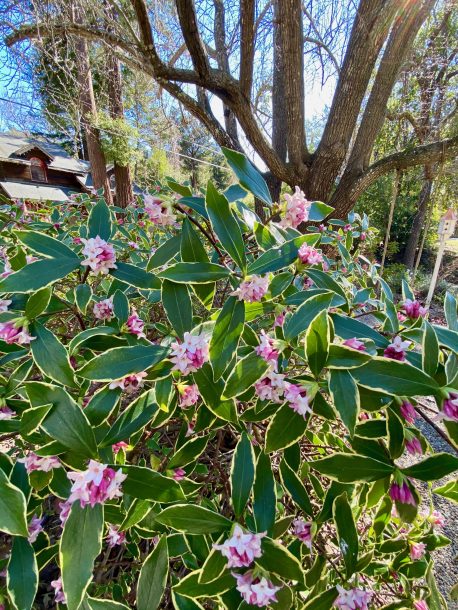
I had to wait a couple years for my variegated winter daphne to settle in before setting flowers. This winter the flower clusters are about ready to open. There?s something special about a plant that will bloom in winter, hold up to rain and scent the garden all at the same time. With beautiful rosy-pink flower clusters and attractive yellow-margined variegated foliage, winter daphne make a great foundation plant for dappled shade gardens. They are deer resistant and have low water requirements during the summer. What?s not to love?
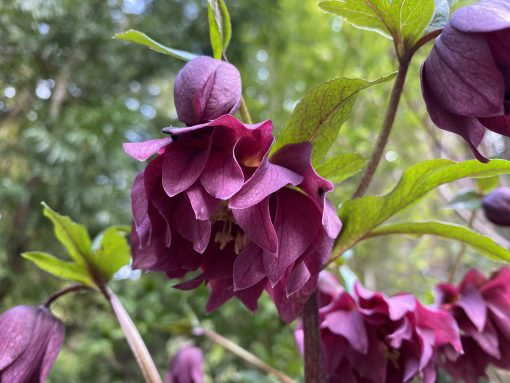
Also here in my own garden the hellebore flowers are holding up well. One of my favorites is called Cinnamon Snow but I have a couple that bloom with spectacular double flowers they are beautiful also. All of the varieties of this buttercup relative accept wind, rain, cold and less than perfect soil while getting by with only moderate watering in the shady summer garden. Deer aren?t attracted to them either.
Another tough plant that can take weather extremes is the Lily-of-the-Valley shrub (Pieris japonica). There are many varieties of this early winter bloomer. Some have pure white flowers, other sport various shades of pink or dark rose. Mine is the smaller variegated foliage model with dainty, drooping clusters of pure white flowers in early spring. Right now it is covered with flower buds so dense that you?d think it was already blooming. The new growth in the spring has a beautiful pink tint. This shrub will hold up to the wildest weather. Another plus for the Lily-of-the-Valley shrub is that is useful for fire-scaping in the landscape and it isn?t on the menu for deer either.
A favorite of birds and indoor floral arrangers is the evergreen mahonia. Plant a mahonia if you want to attract winter hummingbirds. They are blooming now with bright yellow flower clusters that will last for months. Each flower will set a purple berry looking like a cluster of grapes. The edible berries make good jelly, too. There are 70 varieties of mahonia including our own native Oregon Grape which grows in the understory of Douglas fir forests. Mahonia aquifolium is resistant to summer drought, tolerates poor soil and doesn?t create a lot of leaf litter.

